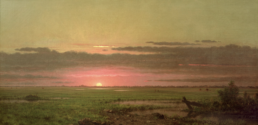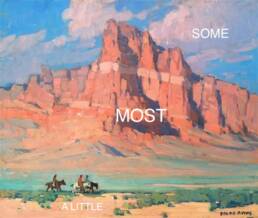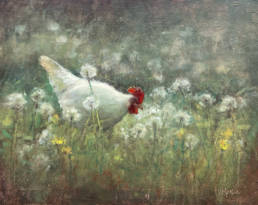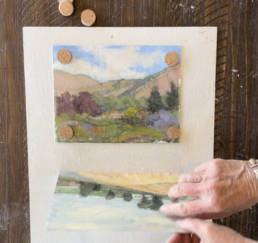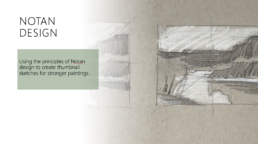If your oil paintings look flat and lifeless give oil glazing and scumbling a try!
Oil glazing and scumbling are valuable painting techniques. These techniques have been practiced by many artists throughout history.
Vermeer, Rembrandt, Claude Monet, J.M.W. Turner all used glazes and scumbles and over the years I have added them to my own painting repertoire.
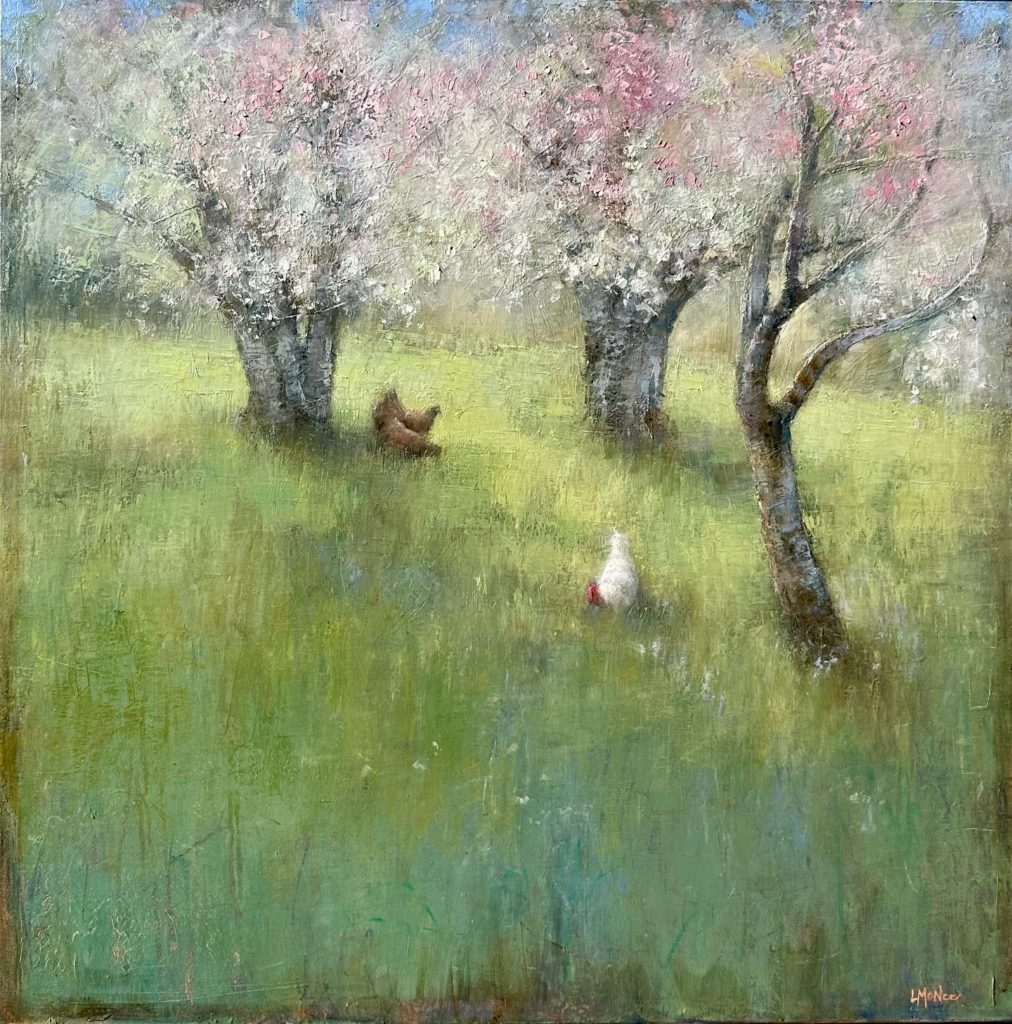
Here’s some helpful information about Glazing and Scumbling:
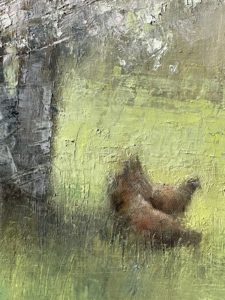
Oil glazing is a beautiful technique made by applying a thin layer of transparent or translucent paint over opaque paint. This technique works well on top of impasto brushwork.
Nevertheless, follow the “fat over lean” rule for archival results! Also, make sure the underpainting is dry to the touch before adding your glaze.
Once the oil glaze is applied it will settle into the cracks and crevices the brushstrokes. Next, you can leave the glaze as-is or wipe it back with a lint-free cloth to accentuate the effect.
Glazing will enhance the texture of the painting. It’s like magic! It illuminates the opaque colors underneath and add mystery to the whole painting.
Traditional oil painting mediums for glazing include Galkyd, Linseed oil, Walnut oil, Poppyseed oil, Stand oil, and Damar varnish mixed with a paint thinner.
My favorite: Cobra by Royal Talens makes a fabulous solvent-free Glazing Medium for water mixable oil glazing (can be use with traditional paints too). This is what I use for oil glazing and some scumbling effects.
Scumbling is similar to glazing but instead it’s a thin or sticky layer of opaque paint. This opaque layer is added to the top of the dried painting. The results are a vibrating interplay of color between the top and lower paint layers.
Monet was famous for this technique and used it in many of his paintings. His goal was to build up a stunning vibration of color as seen in the haystack below.
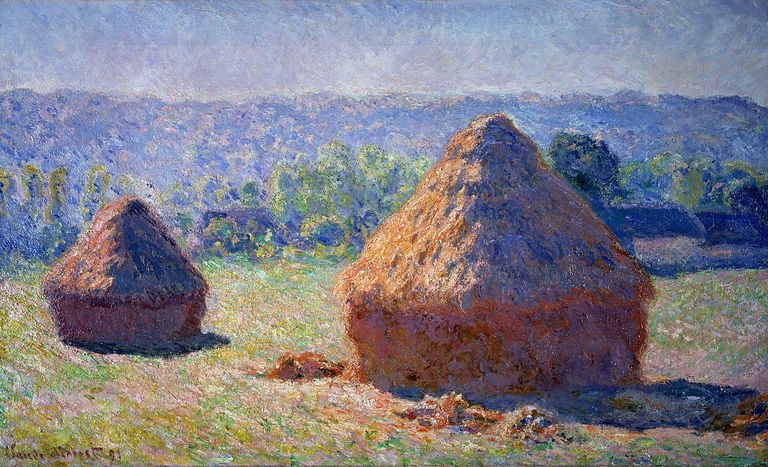
To make up a scumble, mix up a puddle of thin, thick or sticky paint. I generally prefer my scumble to be the thickness of milk or thicker. I use Cobra Glazing Medium or Cobra Painting Paste to achieve my desired thickness.
Apply the scumble carefully and evenly with a paintbrush or a palette knife. Once the brush or knife is loaded, drag it lightly and repeatedly over the dry surface of a painting.
Water mixable or traditional oil glazing and scumbling techniques are great for adding a variety of texture to your painting. But if you are tired of solvents, you might want to give water mixable oils a try and try solvent-free with Lori McNee!
Scumbling combined with oil glazing adds extra depth and luster to an otherwise non-dimensional painting. Check out my Instagram Reel below to see how I add texture, glazing and scumbling to my painting, “Chickens and Cherries.”





